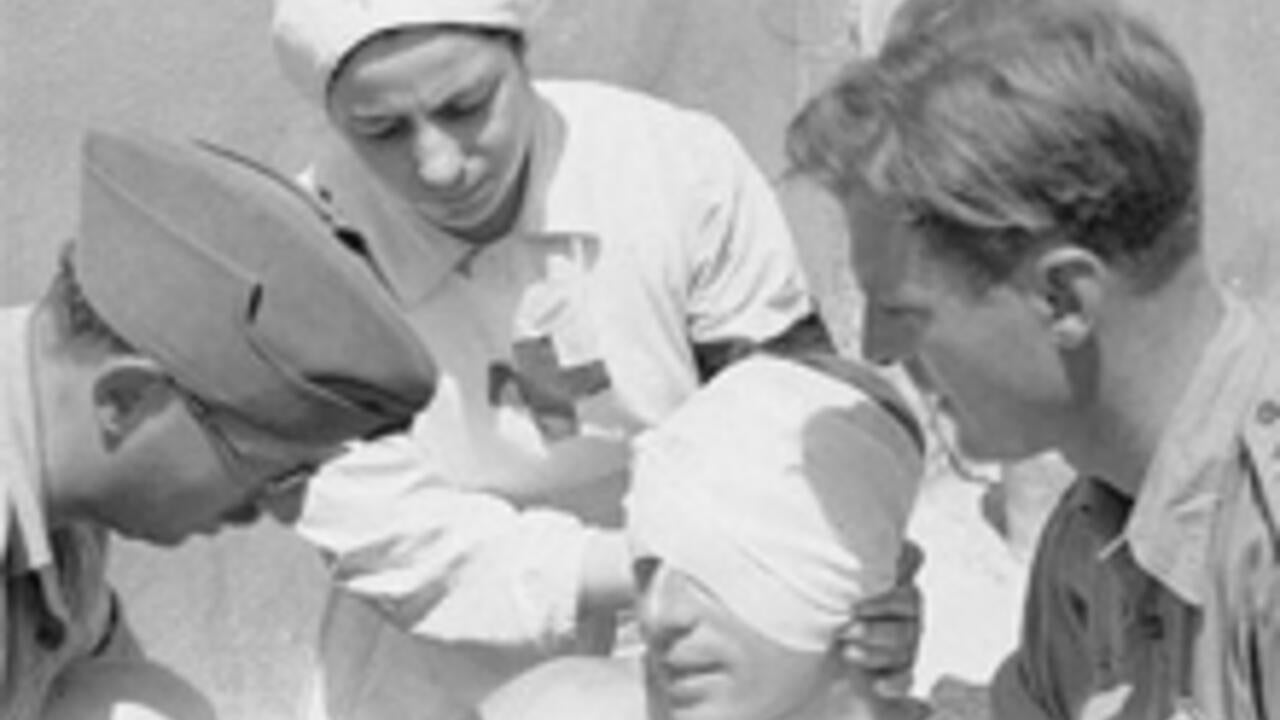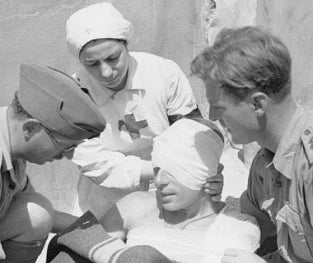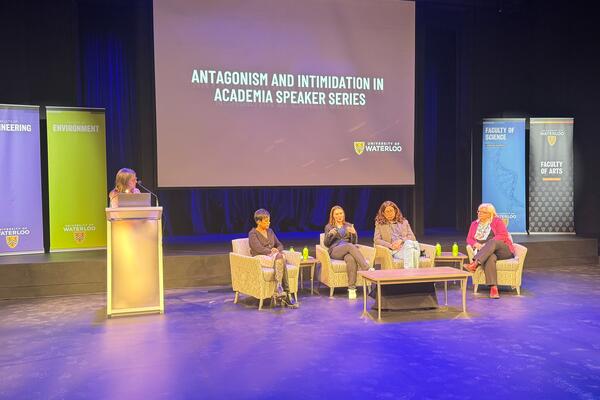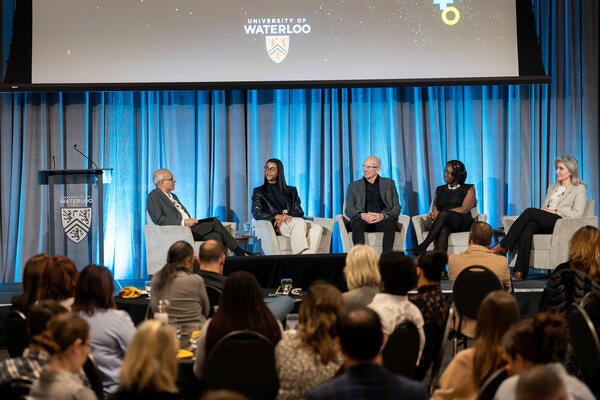
War diaries from those who saved lives
Personal diaries of nurses and doctors reveal the toll war takes on those who care for the dying and injured, says Waterloo researcher

Personal diaries of nurses and doctors reveal the toll war takes on those who care for the dying and injured, says Waterloo researcher
By Beth Gallagher Communications and Public AffairsNurses and doctors who treated injured and dying soldiers during wartime wrote in diaries and letters about “the wounded body in a very, very graphic way,” says a Waterloo researcher.
 “On the one hand they’re the ones helping, and that helps mitigate some of the emotional stress of war,” says Carol Acton, associate professor of English language and literature at St. Jerome's University, a federated school of the University of Waterloo. “But on the other hand they’re witnesses, more than anyone else, to the destructiveness of war.
“On the one hand they’re the ones helping, and that helps mitigate some of the emotional stress of war,” says Carol Acton, associate professor of English language and literature at St. Jerome's University, a federated school of the University of Waterloo. “But on the other hand they’re witnesses, more than anyone else, to the destructiveness of war.
“They carry a burden of bearing witness to things that no one else will ever see,” Acton says.
Acton is working on a book entitled, Working in a world of hurt: trauma and resilience in the narratives of medical personnel in war zones. The book, written in collaboration with Jane Potter of Oxford-Brookes University, examines personal letters and diaries written by doctors and nurses from the First World War to the wars in Iraq and Afghanistan.
Acton says one account written during the First World War by Canadian nurse Clare Glass demonstrates how medical personnel have graphically written about the devastation of war. On June 19, 1915 Glass wrote:
Some terrible cases, oh so much better dead (one young lad with eyes & nose all gone - one blur of mangled flesh -body whole & sound.) heads shattered to pieces or limbs hanging by a thread of tendons. Oh why must such things be. All are so brave, & yet those who are not badly wounded are so tired of the war, at least those who have been long in the trenches - tired in such a hopeless way.”

In her research, Acton also noticed that medical personnel often write about how hospital tents become a place where enemies transform. “Once you’re wounded, you’re simply a patient in need of care. Once the uniform is off, doctors and nurses are the ones who see these soldiers as human beings,” says Acton.
An Irish woman serving as a nurse for the Allies shortly after D-Day wrote on June 24, 1944 about two Germans, Hans and Fritz, who were helping inside the hospital tent after they received treatment. Mary Morris wrote in her diary:
Hans brings me a cup of tea as I sit at my desk to read the night report. My mind wanders for a while as I think of this ward and my charges. This multi-national microcosm of a Europe at war is interesting and sad. A badly wounded Cockney says "thanks mate" to Hans as he gives him his tea and fixes his pillows. Why are they all tolerant of each other inside this canvas tent, and killing each other outside.”
Acton’s book, to be published by Manchester University Press, is due out next year.
University of Waterloo chaplains will be hosting an Inter-Faith Prayers for Peace Service of Remembrance in the Great Hall of the Student Life Centre on Remembrance Day, Mon. Nov. 11, from 10:45 to 11:15 am.
The campus community is also being asked to observe a minute of silence at 11 am on Remembrance Day to honour the men and women who have served, and continue to serve our country, during times of war, conflict and peace.

Read more
University of Waterloo researchers discuss the challenges faced by researchers amid rising antagonism in climate science discourse

Read more
Dr. Naila Keleta-Mae champions #BlackAndFree project with private and public sector partnerships to support Black artists

Read more
Global Futures 2024 launch event engages dialogue and action on the world’s complex challenges
The University of Waterloo acknowledges that much of our work takes place on the traditional territory of the Neutral, Anishinaabeg and Haudenosaunee peoples. Our main campus is situated on the Haldimand Tract, the land granted to the Six Nations that includes six miles on each side of the Grand River. Our active work toward reconciliation takes place across our campuses through research, learning, teaching, and community building, and is co-ordinated within the Office of Indigenous Relations.